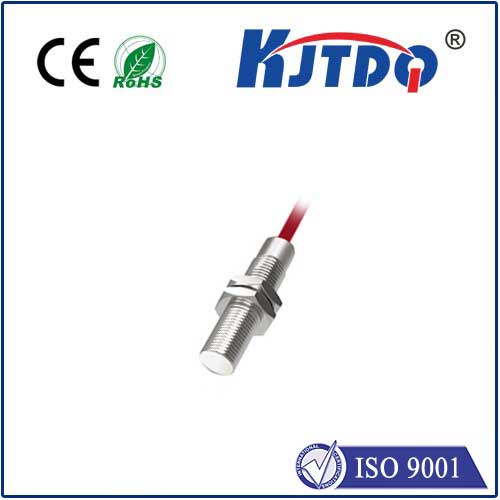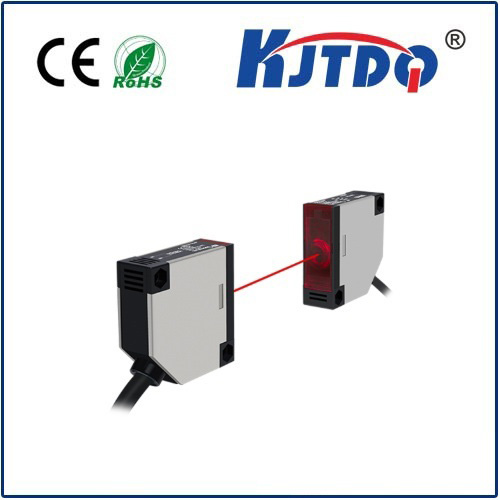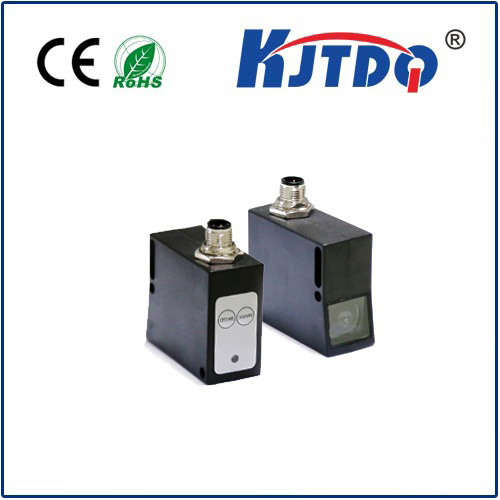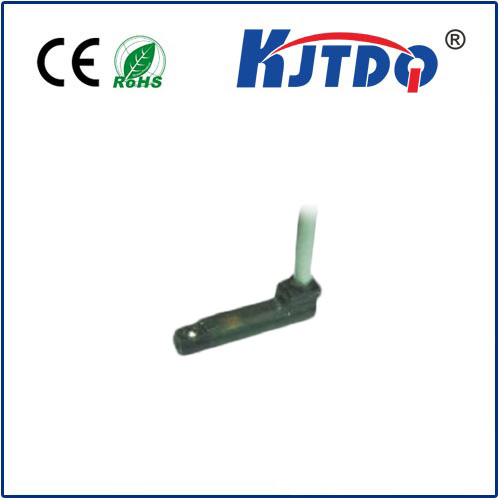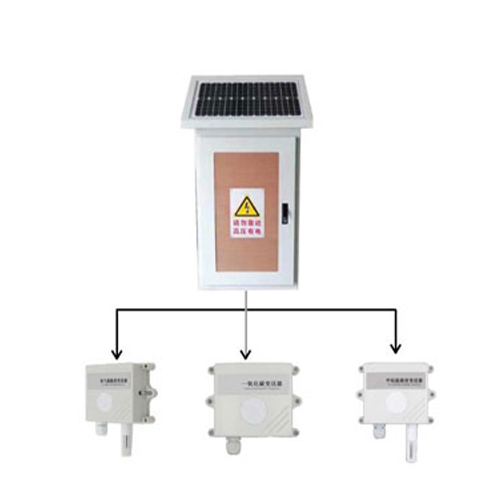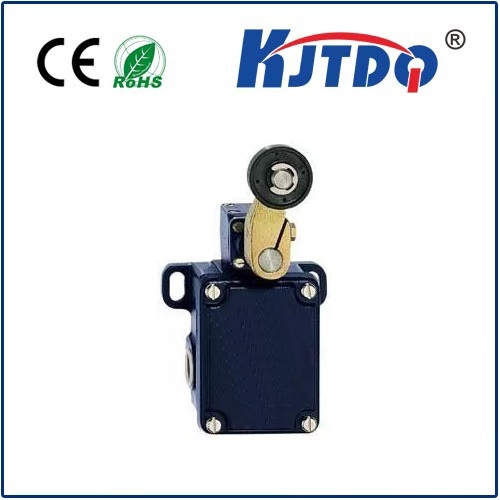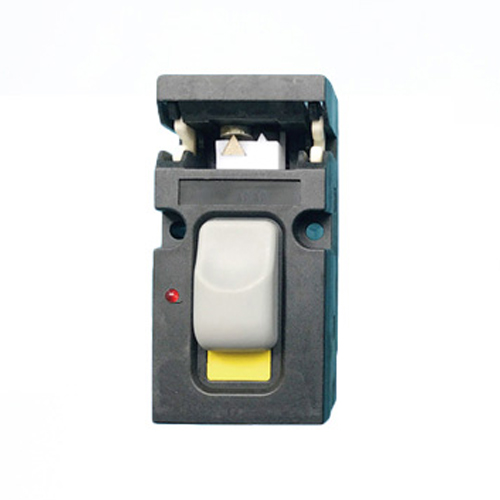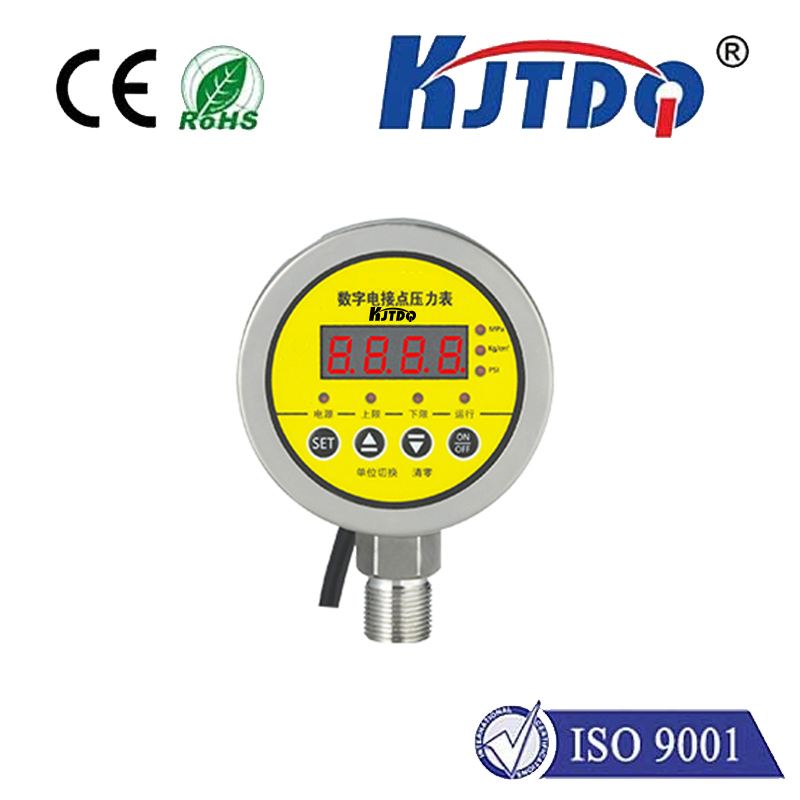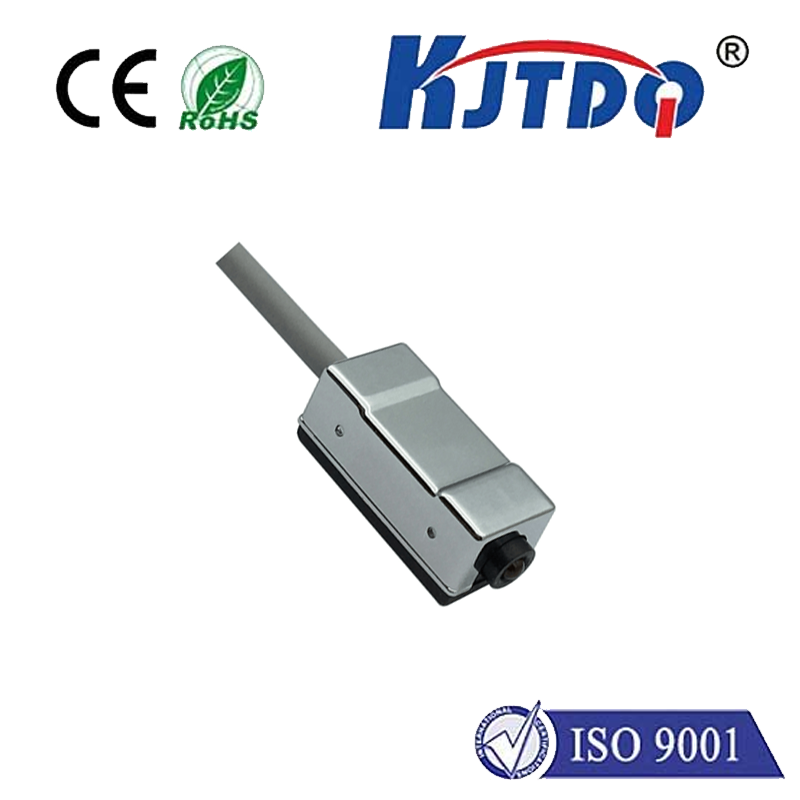

check

check

check

check
The seamless interaction we expect with our phones, tablets, appliances, and countless other gadgets often relies on unseen intelligence. Proximity detection – knowing when an object is near – and ambient light sensing – adjusting screen brightness automatically – are fundamental features enhancing user experience and device efficiency. At the heart of enabling these capabilities in numerous compact electronic designs lies the VCNL4010 proximity light sensor, an integrated component offering remarkable functionality in a tiny footprint.
This versatile sensor module, manufactured by Vishay Semiconductors, combines both a proximity sensor and an ambient light sensor (ALS) onto a single integrated circuit (IC). This integration is its defining strength, eliminating the need for separate components, simplifying PCB layout, reducing overall system cost, and saving precious space – a critical factor in today’s increasingly miniaturized electronics. The VCNL4010 communicates via the ubiquitous I2C interface, making it incredibly straightforward to interface with a vast array of microcontrollers and development platforms like Arduino or Raspberry Pi.
Understanding the Core Capabilities
Proximity Sensing: The VCNL4010 operates its proximity detector using infrared (IR) light. It houses an integrated IR emitter (an 850nm IR LED) and a dedicated proximity photodiode.
The sensor emits a pulse of IR light.
If an object is nearby, this light reflects back towards the sensor.

The proximity photodiode detects the reflected IR intensity.
This measured intensity is converted into a digital value proportional to the object’s distance (closer objects reflect more light).
Crucially, the sensor incorporates sophisticated background ambient light cancellation techniques. This allows it to reliably detect objects even under challenging varying light conditions, minimizing false triggers. Its effective proximity detection range typically extends up to 200 mm, suitable for most consumer device applications.
Ambient Light Sensing (ALS): Alongside proximity, the VCNL4010 features a high-sensitivity ambient light photodiode.
This photodiode is optimized to mimic the human eye’s spectral response (photopic), accurately measuring the intensity of visible light in the surrounding environment.
It provides a 16-bit digital output for the ambient light level, offering excellent resolution for precise brightness control applications. The measured range typically covers 0.25 lux up to 16,000 lux.
Key Technical Specifications & Features
| Feature | Specification/Detail | Benefit |
|---|---|---|
| Integration | Proximity Sensor & Ambient Light Sensor (ALS) on single chip | Saves space, simplifies design, reduces BOM cost |
| Communication | I2C Interface (up to 400 kHz) | Easy connection to most microcontrollers |
| Proximity | Integrated IR LED (850nm), cancellation, programmable LED current (up to 200mA) | Adjustable range/power, reliable detection up to ~200mm |
| ALS | 16-bit resolution, photopic response, range ~0.25 to 16,000 lux | High-precision light measurement for smooth brightness adjustment |
| Programmability | Interrupt function, programmable thresholds for proximity and ALS | Reduces MCU polling load, enables low-power operation |
| Power | Low operating current, programmable standby/sleep mode | Ideal for battery-powered devices, power-sensitive applications |
Where the VCNL4010 Excels: Core Applications
The fusion of proximity and ambient light sensing in one compact, easy-to-use package makes the VCNL4010 incredibly popular across diverse fields:
Significant Advantages Driving Adoption
Implementation Considerations
Integrating the VCNL4010 into a design is relatively straightforward. Hardware-wise, it typically requires minimal external components – often just decoupling capacitors. Connecting the I2C lines (SDA, SCL), power (
